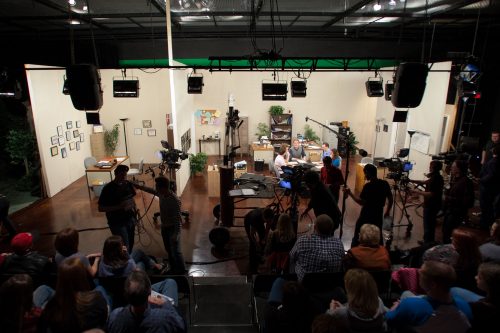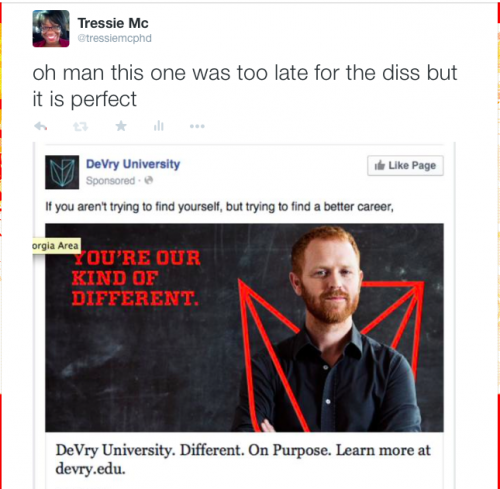Social networks are a great way to introduce people to the power of Sociology. In my Intro class, I make a point to show students the way their social networks shape the spread of divorce, how people ask for help, and the surprisingly tangled world of dating.
Now there’s a new take on networks – the structure of our social relationships could be a key ingredient in comedy.
Over at Socius, a new data visualization from Adam Roth is going straight into my syllabus. Using data from the NBC sitcom The Office, Roth shows how some characters are closely connected, like the accounting team, while others occupy what network theorists call “structural holes” — they are separated from each other by department boundaries or rare interactions.

Check out a full description at the open access article!
The key point, Roth argues, is that bringing together characters who are separated by structural holes makes for great comedy. After summarizing Greg Daniels’ approach to mixing and matching characters in the writers room, Roth writes:
Burt (1992) described structural holes as separations in a social network between nonredundant contacts. Building on Granovetter’s (1973) weak tie argument, Burt theorized that a person who occupies a structural hole is privy to novel information, resources, and ideas by virtue of bridging two otherwise disconnected social circles…Overall, approximately one third of episodes (66 of 201) across the show’s nine seasons had at least one storyline involving two or more characters who did not routinely exchange lines on the show.
This isn’t just an excuse to show Seinfeld, Scrubs, or other sitcoms in class. Roth’s work demonstrates how these shows are a great teaching tool to show students how understanding social relationships can fuel our creativity!
Evan Stewart is an assistant professor of sociology at University of Massachusetts Boston. You can follow his work at his website, or on BlueSky.




 Originally posted at
Originally posted at 


